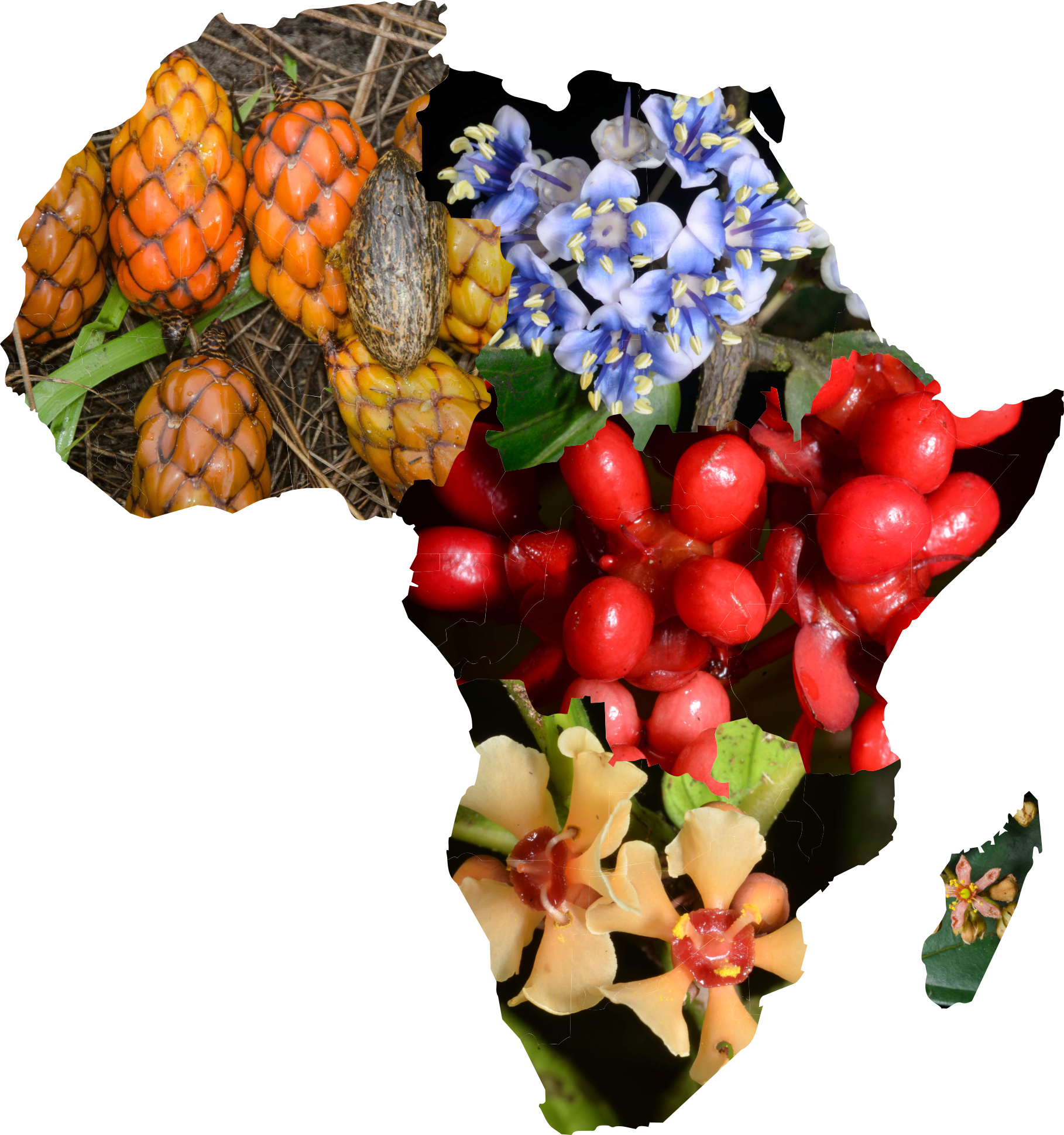NMNH:Plantae
Umbilicaria africana (Jatta) Krog & Swinscow
Lambinon, J. 72/452 1972-01-26
Angola, Zaire, (Africa centralis). Prov. Kivu: ad latera septentrionalia montis ignivomi Karisimbi., 4450m
NMNH:Plantae
Umbilicaria haumaniana Frey
Lambinon, J. 72/353 1972-01-26
Angola, Zaire, (Africa centralis). Prov. Kivu: ad latera septentrionalia montis ignivomi Karisimbi. Ad lapides parvos vulcanicos in regione subnivali., 4450m
NMNH:Plantae
Umbilicaria cinereorufescens (Schaerer) Frey
Hedberg, O. 5019a 1971-07-13
Kenya, [illegible text] Teleki., 4200m
NMNH:Plantae
Umbilicaria haumaniana Frey
Mearns, E. A. 1653 1909-09-25
Kenya, Western upper slopes of Mount Kenia, above the "giant heath" zone, along the trail from west Kenia Forest Station to summit, British East Africa, 4200m
NMNH:Plantae
Mearns, E. A. 1603 1909-09-21
Kenya, Smithsonian African Expedition. Western slopes of Mount Kenia, along the trail from West Kenia Forest Station to summit, British East Africa., 3630m
NMNH:Plantae
Mearns, E. A. 1653 1909-09-25
Kenya, Smithsonian African Expedition. Western upper slopes of Mount Kenia, above the "giant heath" zone, along the trail from West Kenia Forest Station to summit, British East Africa., 4200m
NMNH:Plantae
Griffin, H. D. 28974 1966-02-03
Kenya, Mt. Kenya, Sirimon Valley., 4115m
NMNH:Plantae
Umbilicaria haumaniana Frey
Pocs, T. 6934 1976-07-03
Tanzania, Kilimanjaro, Prope casam alpinam Barranco dictam., 3900m
NMNH:Plantae
Esterhuysen, E. E. 25244 1956-01-00
Uganda, Region: Uganda. Ruwenzori mts, Elena Peak, Stanley., 4877m
NMNH:Plantae
Esterhuysen, E. E. 25249 1956-01-00
Uganda, Region: Uganda. Speke, Ruwenzori Mts., 3962 - 4572m

